Around 60,000 Slovenes and Croats from the Julian March left their homes after Italy entered the war on 10 June 1940:
– they were conscripted into the Italian regular army and fought on fronts in the Soviet Union, Greece, France and Africa (around 25,000);
– they were incorporated into special battalions in central and southern Italy, Sicily and Sardinia;
– some were already in prison or internal exile. Following the capitulation of Italy, those to the north of the front line in Italy returned home and joined the Partisans (although some were sent to concentration camps or labour camps by the Germans). Those south of the front line gathered at the Allied camp in Carbonara di Bari, decided to join the National Liberation Army of Yugoslavia and were incorporated as overseas units in regular units of the National Liberation Army and Partisan Detachments of Yugoslavia. They were joined by those from Africa who had deserted from the Italian army and surrendered to the Allies. Overseas units (numbering around 35,000 fighters) consisted predominantly of Slovenes from Primorska and Istrians (around 27,000, of whom 22,000 were from Primorska). Their part in the national liberation struggle is important, not only because of their numbers, but also because they formed the nucleus of the first units in the new branches of the young Yugoslav army. They fought on battlefields throughout Yugoslavia: in Dalmatia, Bosnia and Herzegovina, Montenegro, Serbia, in the battle for Belgrade, on the Syrmian Front, in the Lika region, in Gorski Kotar, in Istria, in the battles for the Slovene Littoral and Trieste, and in Carinthia.
The decision of these overseas fighters to join the National Liberation Army of Yugoslavia was a true plebiscite of Primorska Slovenes and Istrians in favour of Yugoslavia. A total of around 5,000 overseas fighters fell in battle.
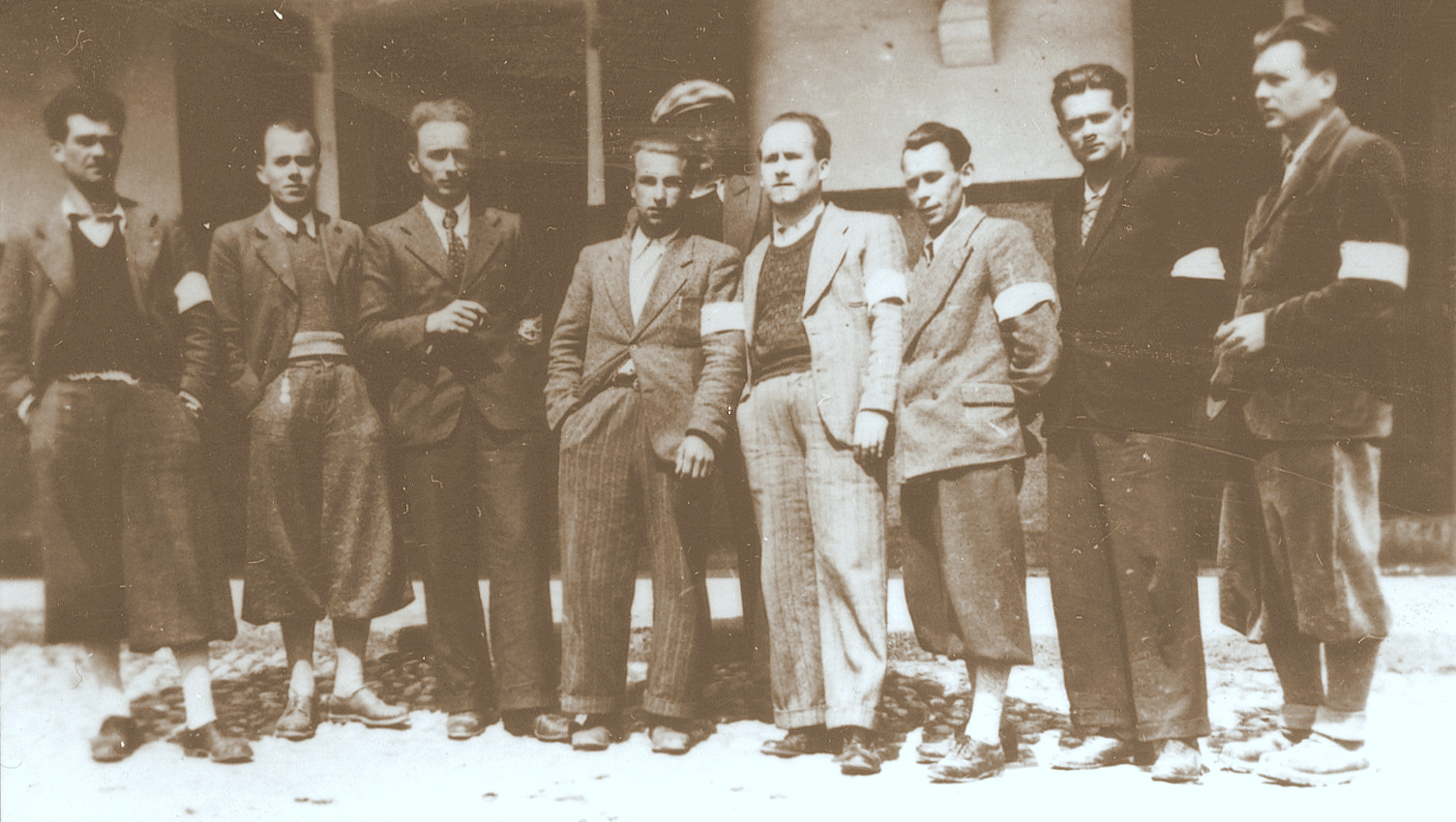 Immediately before the attack on Yugoslavia, the Italian authorities mobilised men born between 1896 and 1914. Considered unreliable because they were aliens (i.e. non-Italian), they wore a ribbon bearing the letters SP (sospetto politico, meaning politically suspect) sewn to the sleeve of their uniform. Later on, the older men were sent home, while the younger men were sent to the special battalions.
Immediately before the attack on Yugoslavia, the Italian authorities mobilised men born between 1896 and 1914. Considered unreliable because they were aliens (i.e. non-Italian), they wore a ribbon bearing the letters SP (sospetto politico, meaning politically suspect) sewn to the sleeve of their uniform. Later on, the older men were sent home, while the younger men were sent to the special battalions.
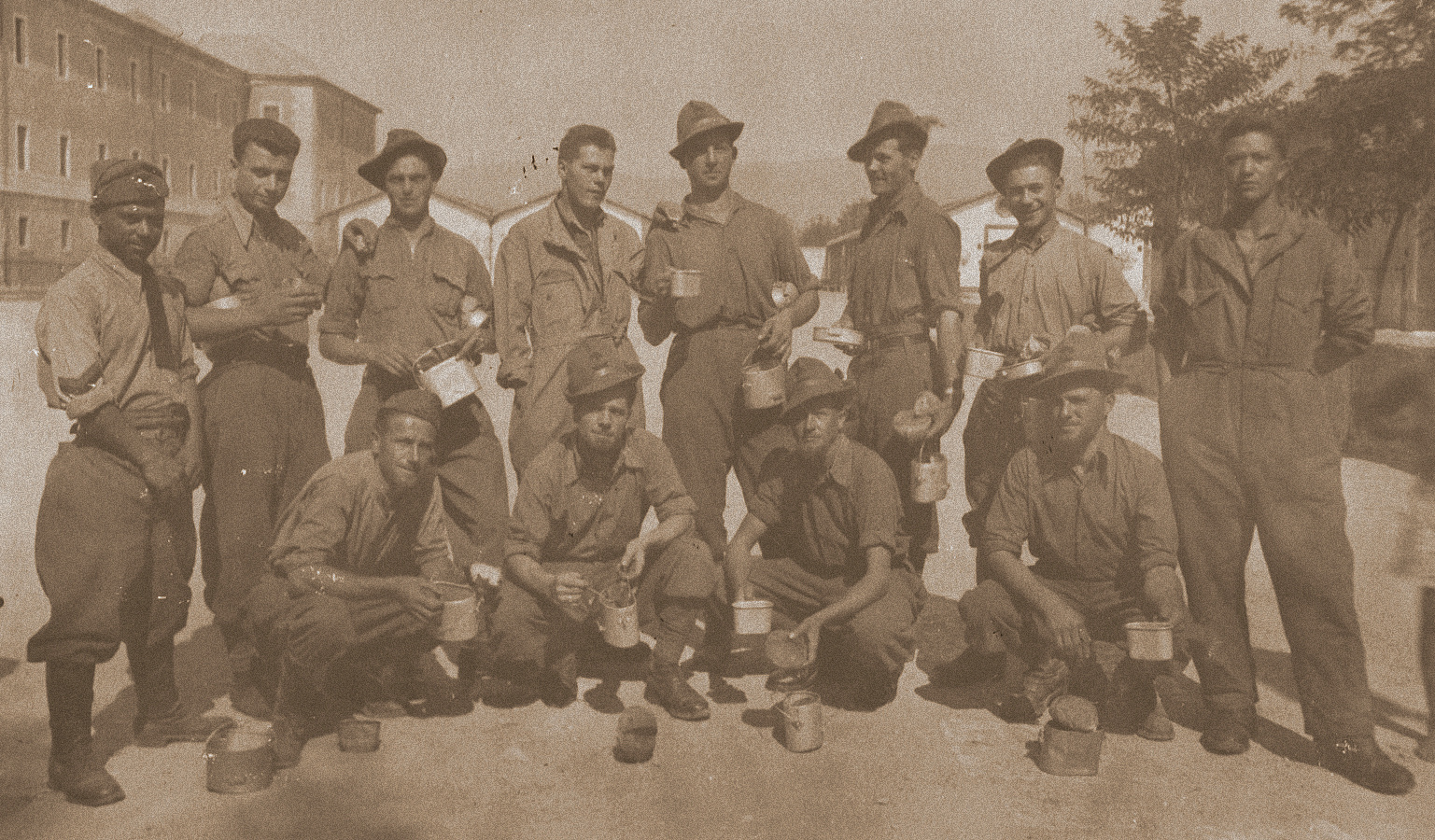 Sardinia, 1940. The members of the special battalion were drawn from various branches of the army.
Sardinia, 1940. The members of the special battalion were drawn from various branches of the army.
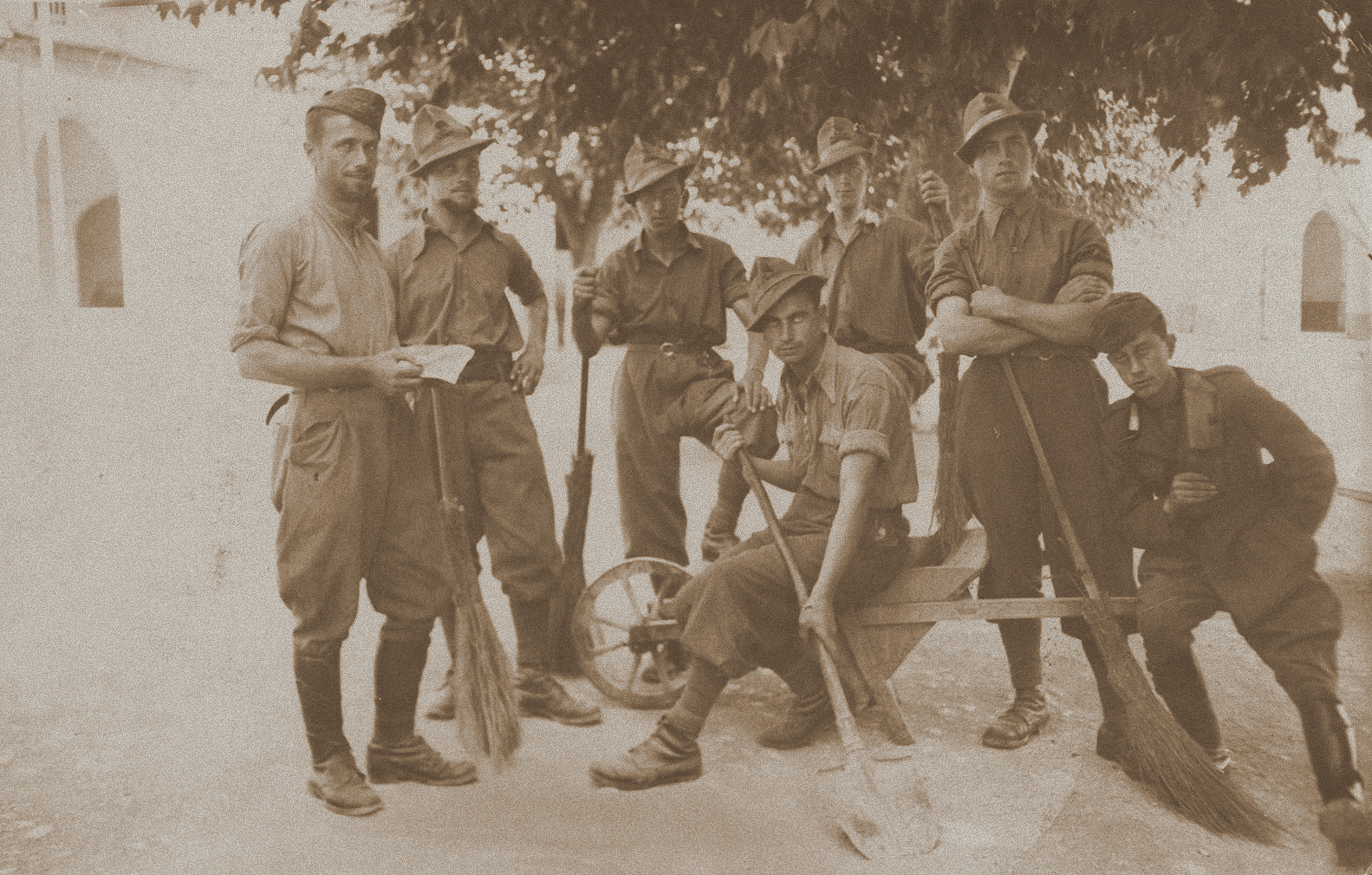 Sardinia, May 1941. Primorska Slovenes as members of a special battalion after being separated from the regular army.
Sardinia, May 1941. Primorska Slovenes as members of a special battalion after being separated from the regular army.
NATIONAL LIBERATION ARMY OF YUGOSLAVIA
In October 1943 conditions were ripe to establish a base of the National Liberation Army of Yugoslavia (NOVJ) in the liberated part of southern Italy. It was at this time that contacts were also established between the Allies and representatives of the NOVJ. The so-called overseas fighters first gathered at a temporary camp near Taranto, and then the Allies opened camps for refugees and POWs of all nationalities in Carbonara di Bari.
On 17 November 1943 the general staff of the British Army recognised the overseas fighters as part of an Allied army and proceeded to arm them and allocate them a camp in Gravina. This occurred after 2,600 Yugoslavs signed a declaration stating that they wished to enlist in the NOVJ. Around a hundred decided to enlist with the Allies, while roughly the same number opted to join the Royal Yugoslav army. From this point on, in the area of southern Italy under Anglo-American military administration, members of the Yugoslav nations openly defined themselves as members of the NOVJ, organised themselves militarily and were gradually incorporated into units of the NOVJ on Yugoslav soil.
FROM AFRICA TO THE NATIONAL LIBERATION ARMY OF YUGOSLAVIA
In Africa the overseas units consisted of Primorska Slovenes and Istrians who had deserted from the Italian army and passed over to the Allies, and those who had retreated from Greece and the islands to the Middle East to escape the Germans following the capitulation of Italy. There they were initially enlisted into the Royal Yugoslav Army. However, when information reached them about the NOVJ, in December 1943, they decided to join that formation instead, a choice which the Allies disapproved of. They were disarmed and transferred to a prison camp at Gineifa-Fanara (Egypt), which was renamed “Yugoslav Camp (Partisans) – British Responsibility”. After the British recognised the NOVJ, the overseas fighters began to return home. More than 6,000 Slovenes from Primorska and Istrian Croats joined the NOVJ from Africa.
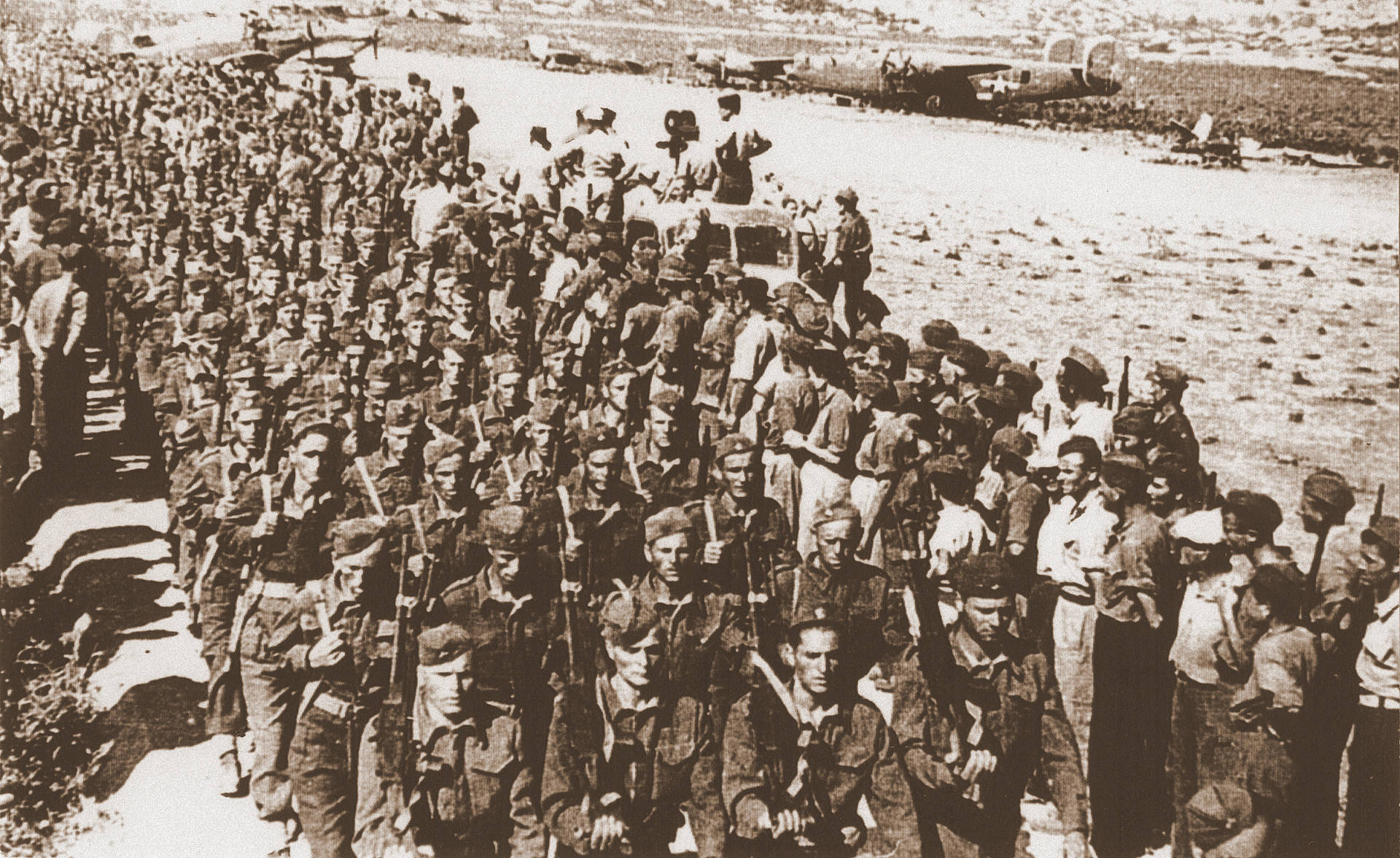 Members of the 3rd Overseas Strike Brigade disembarking on the island of Vis, March 1944.
Members of the 3rd Overseas Strike Brigade disembarking on the island of Vis, March 1944.
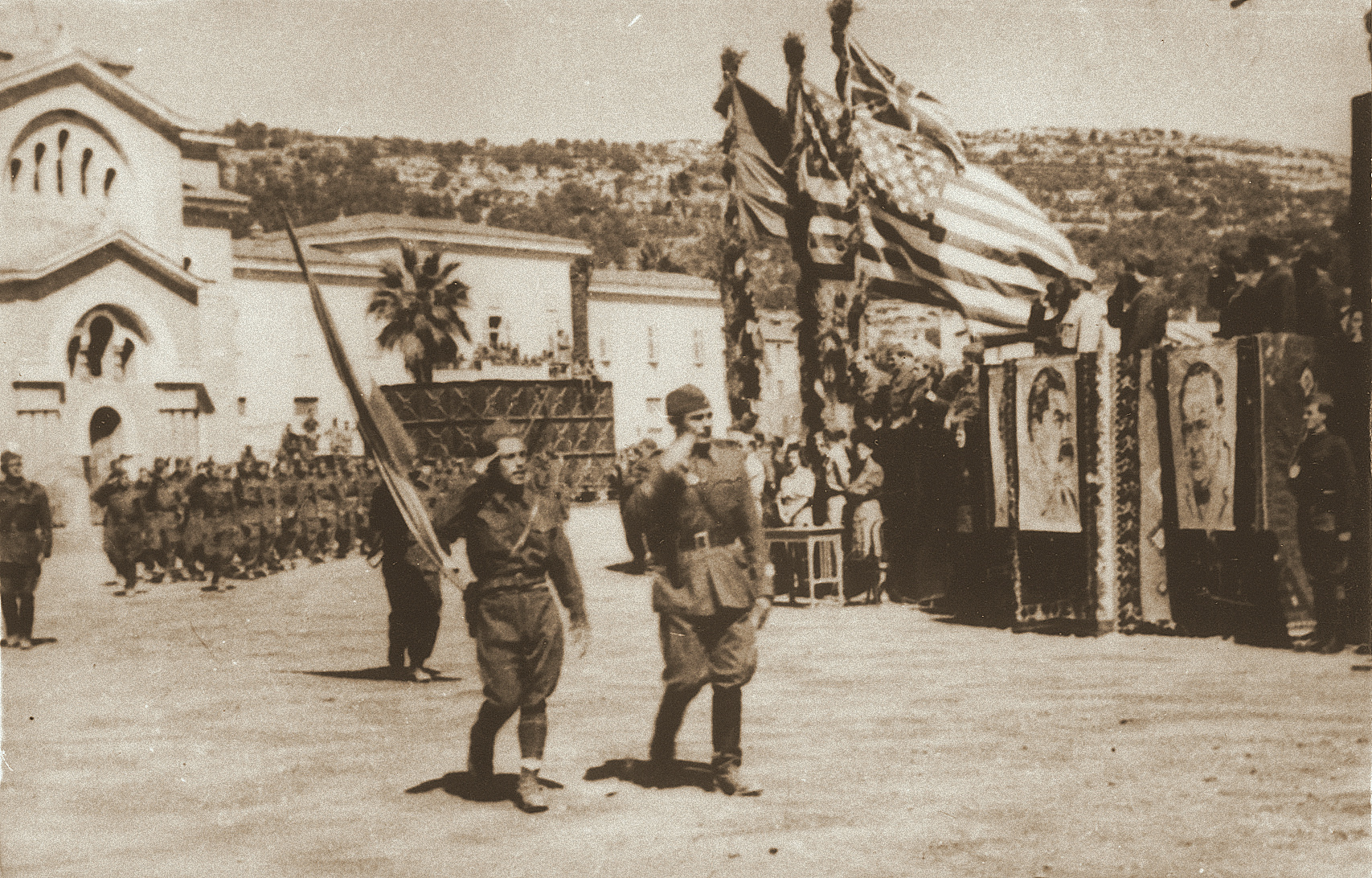 Vis, 12 September 1944 – parade of the 3rd Overseas Strike Brigade on the occasion of the proclamation of the 1st Dalmatian Brigade as a Proletarian Brigade. Tito’s speech on this occasion mentioned the borders of the new Yugoslavia.
Vis, 12 September 1944 – parade of the 3rd Overseas Strike Brigade on the occasion of the proclamation of the 1st Dalmatian Brigade as a Proletarian Brigade. Tito’s speech on this occasion mentioned the borders of the new Yugoslavia.
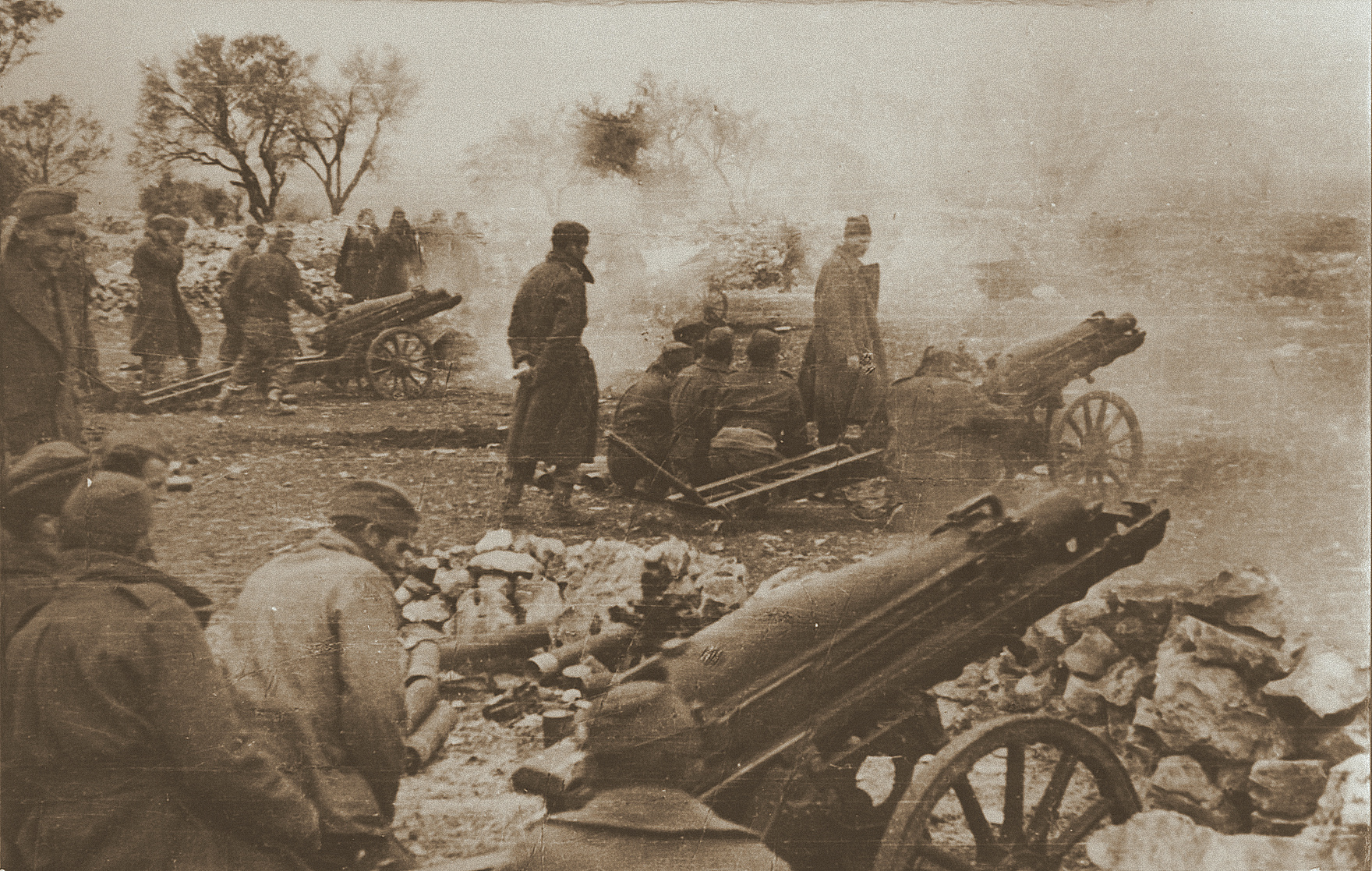 Artillerymen of the Overseas Brigade during the battle for Knin, November 1944.
Artillerymen of the Overseas Brigade during the battle for Knin, November 1944.
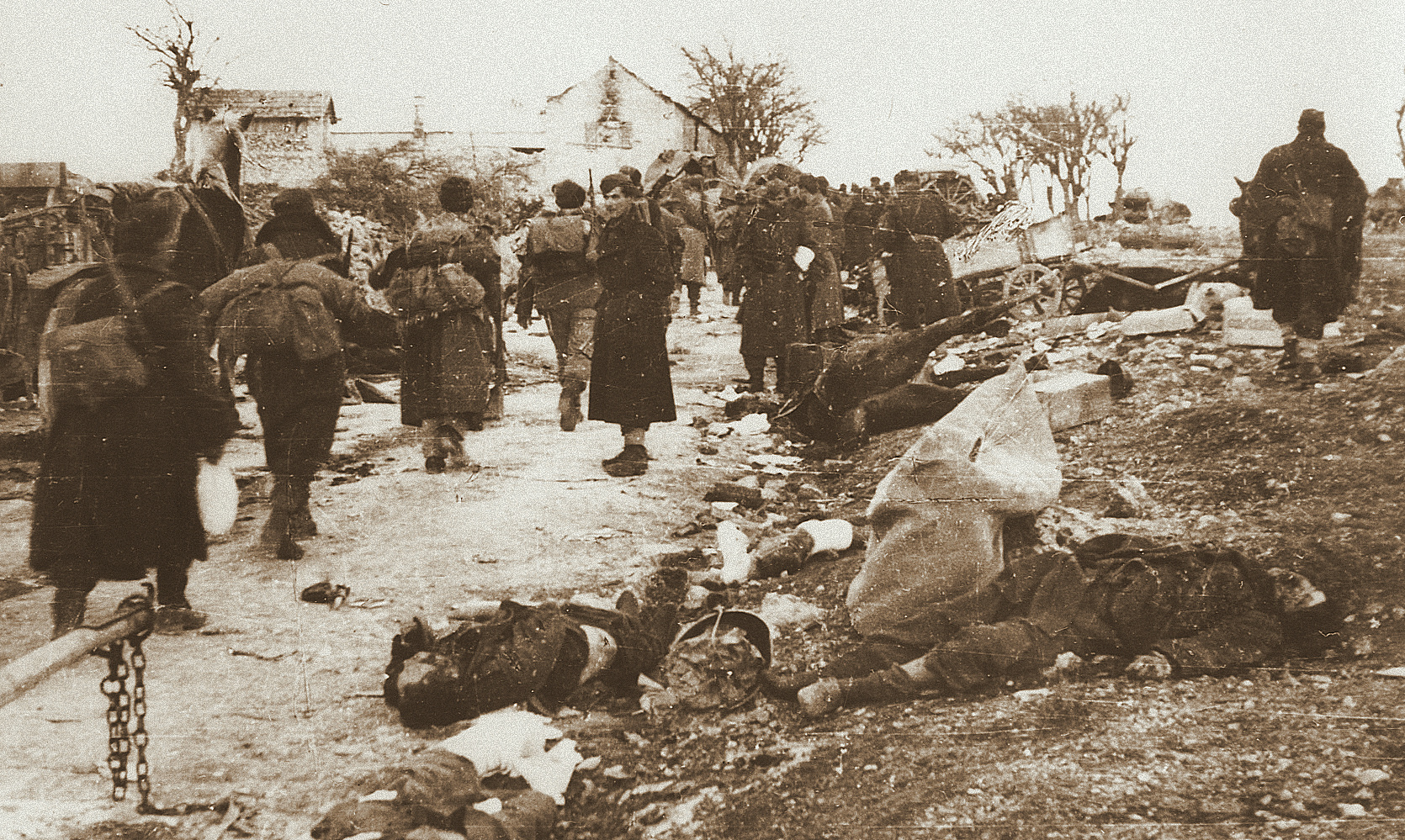 Fighters of the 3rd Overseas Strike Brigade after the battle for Šibenik, November 1944.
Fighters of the 3rd Overseas Strike Brigade after the battle for Šibenik, November 1944.
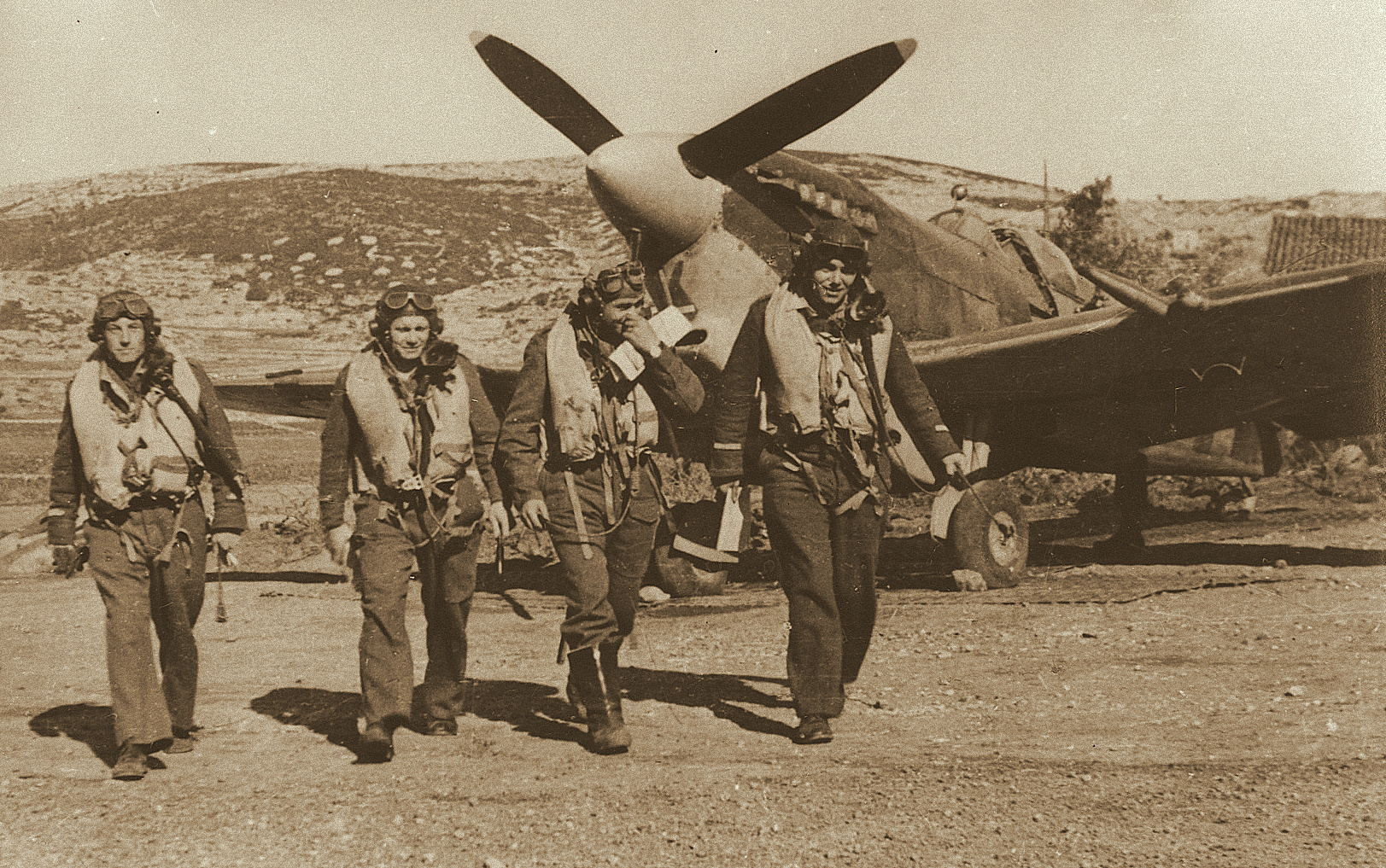 Vis, 1944. Airmen of the 1st Fighter Squadron after flying a combat sortie.
Vis, 1944. Airmen of the 1st Fighter Squadron after flying a combat sortie.
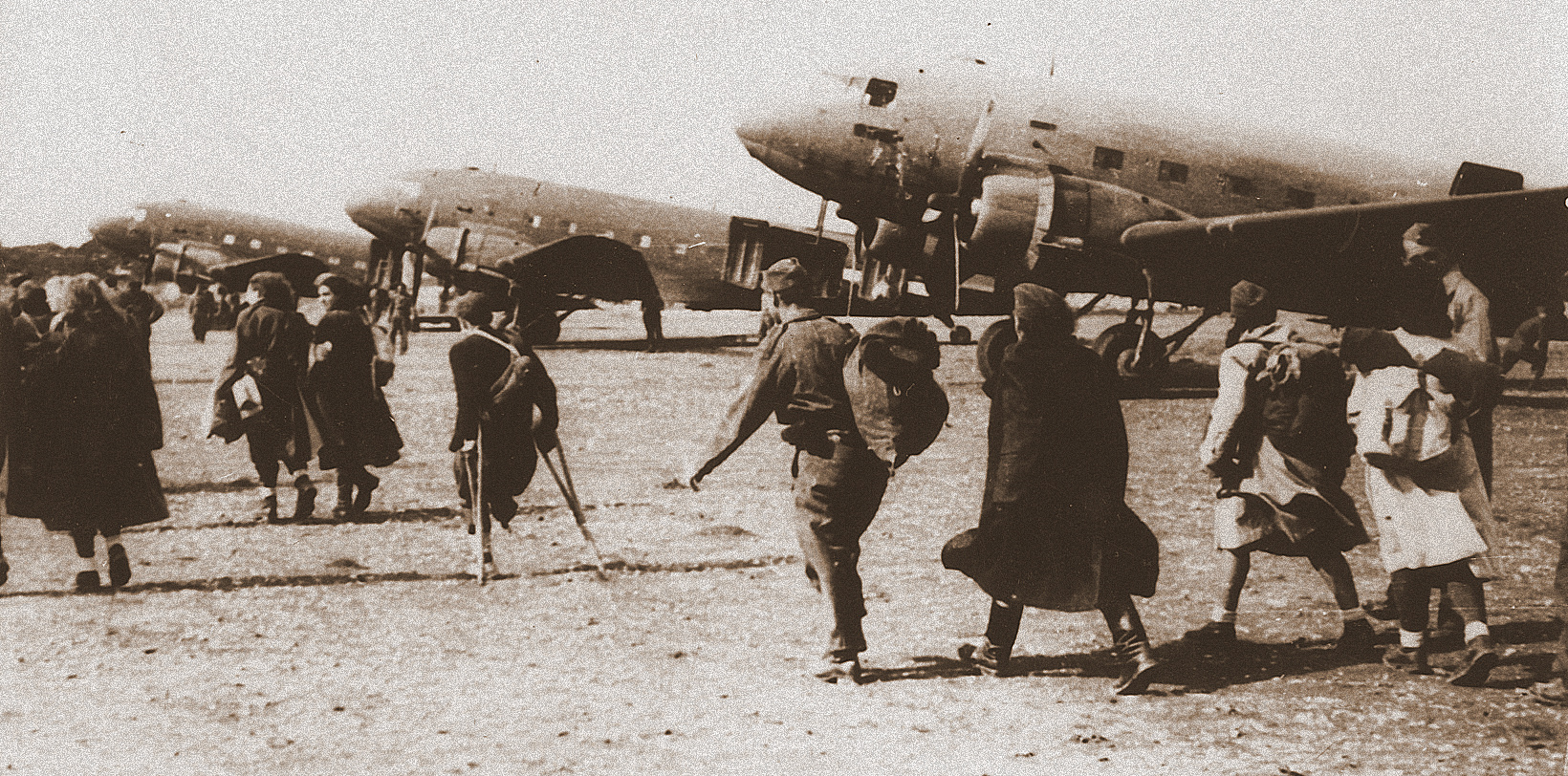 Members of the 4th Overseas Brigade setting off to carry out an air drop, 1945.
Members of the 4th Overseas Brigade setting off to carry out an air drop, 1945.
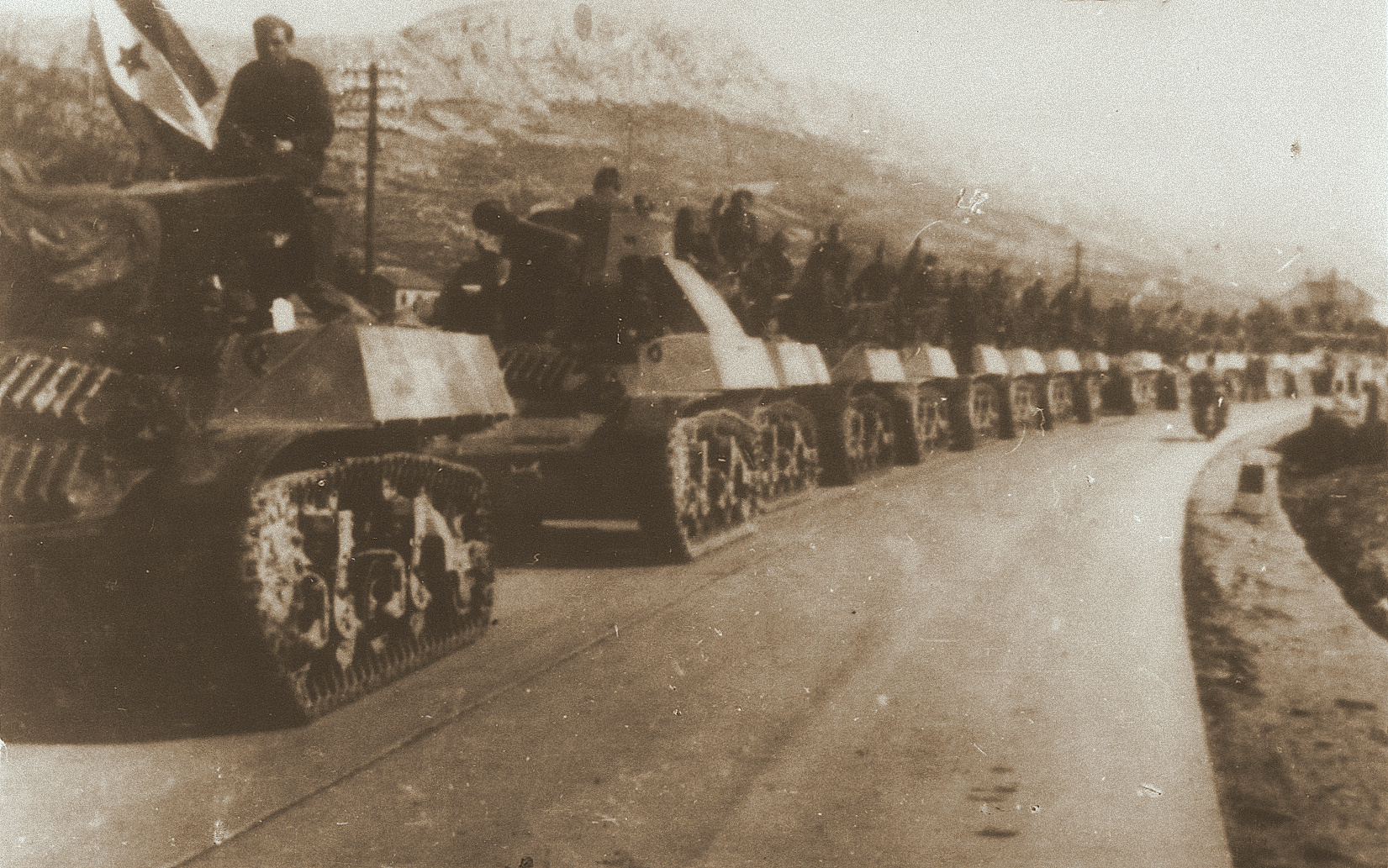 1st Tank Brigade en route to Split.
1st Tank Brigade en route to Split.
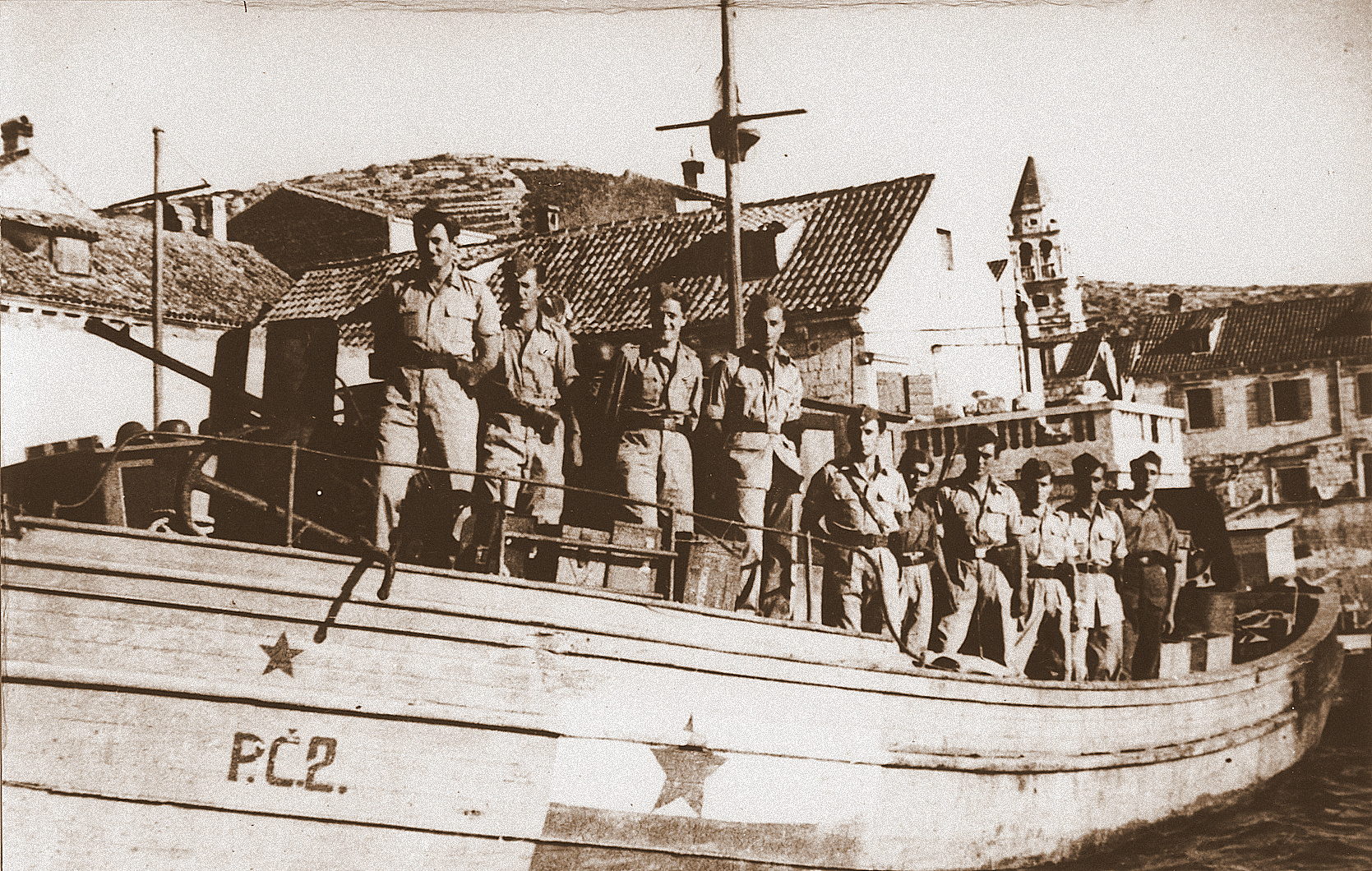 Patrol boat PČ-2 with crew in the harbour on Vis, 1944. The seamen came from Africa with the Overseas Brigades.
Patrol boat PČ-2 with crew in the harbour on Vis, 1944. The seamen came from Africa with the Overseas Brigades.
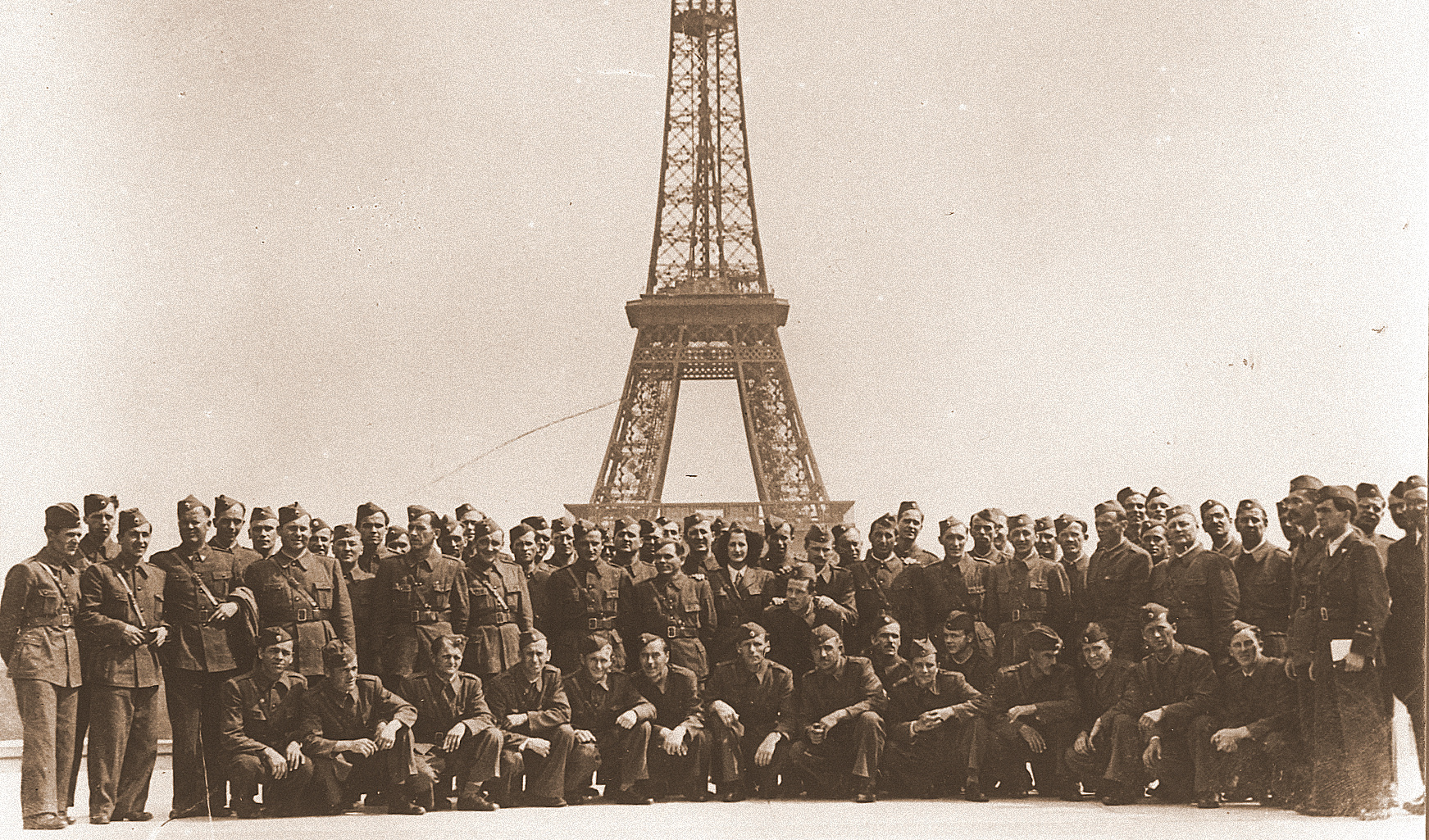 The Srečko Kosovel Overseas Brigade Choir was directed by Rado Simoniti. Photographed on tour in Paris in 1946.
The Srečko Kosovel Overseas Brigade Choir was directed by Rado Simoniti. Photographed on tour in Paris in 1946.
In Allied units
The Italian and Allied authorities tried to prevent Primorska Slovenes and Istrians with Italian citizenship from entering the Partisan base at Gravina. Those who had succeeded in escaping from Sardinia or who had left Sardinia with the Italian regular army (then commanded by Badoglio) and then escaped to the Partisan base of the NOVJ were enrolled in overseas units. The others were transported to Corsica and enlisted in units of the regular US Army. In this way, around 6,000 Primorska Slovenes and Istrians were organised into so-called Slav Companies, with their own officers and flag and incorporating a strong national liberation organisation. The Slav Companies formed an autonomous supply regiment of the US Seventh Army, with which they took part in the fighting in southern France. For political reasons (the question of the border between Italy and Yugoslavia) they did not return home until November 1945. A total of 400 Primorska Slovenes and Istrians are buried in Sardinia.
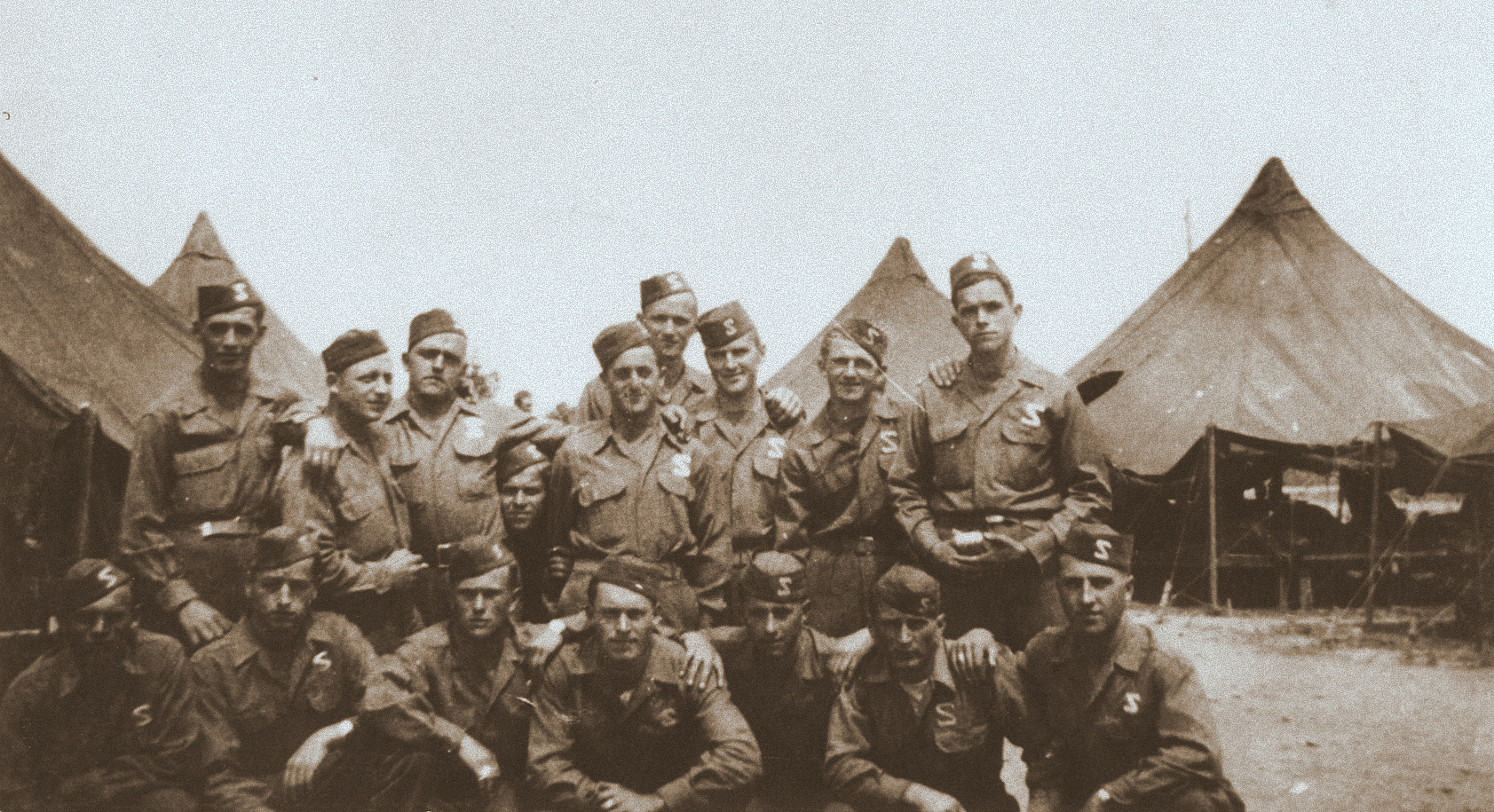 Corsica, 1944 – members of the Slav Companies.
Corsica, 1944 – members of the Slav Companies.
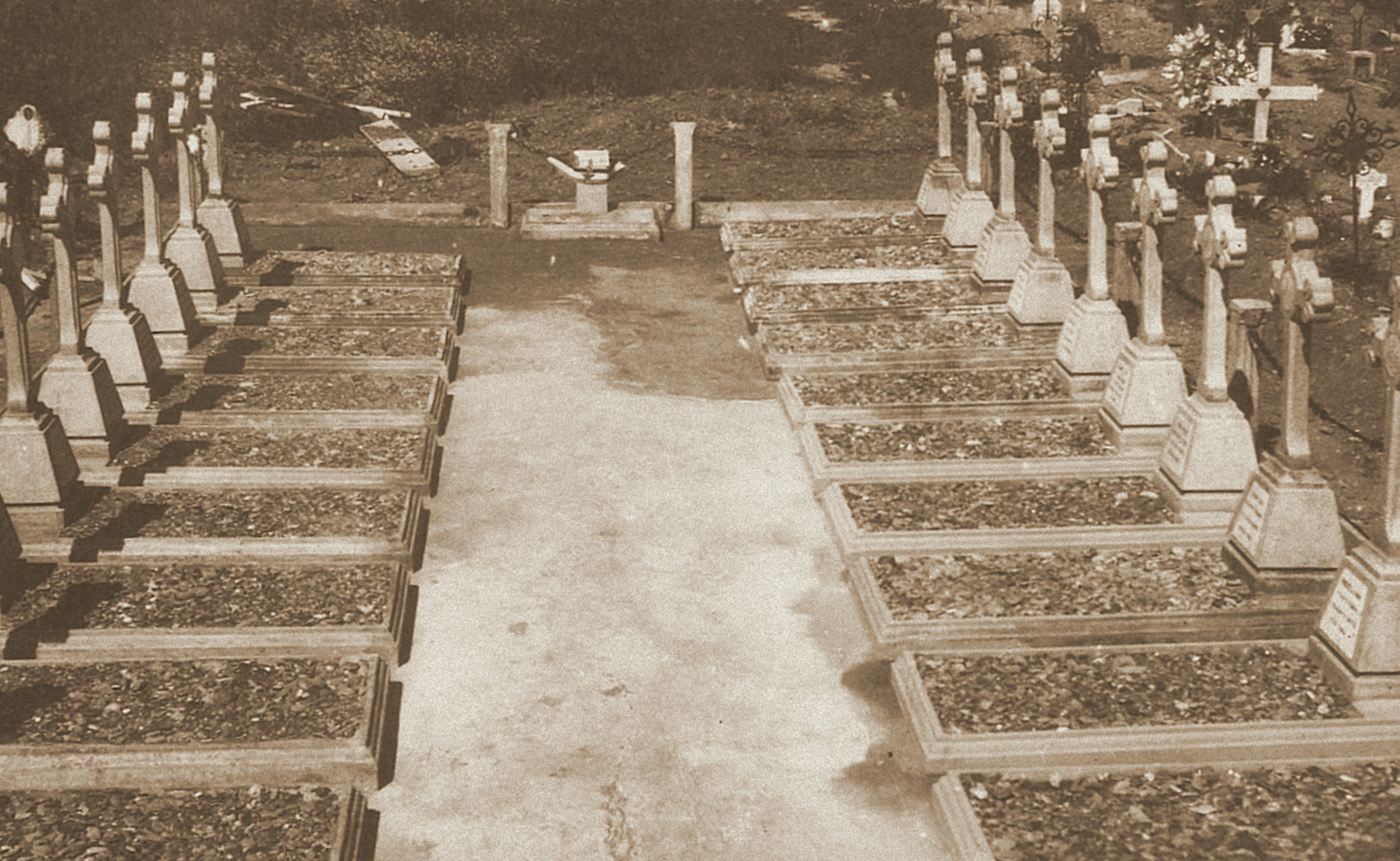 Corsica – Slovene military cemetery in Bastia.
Corsica – Slovene military cemetery in Bastia.
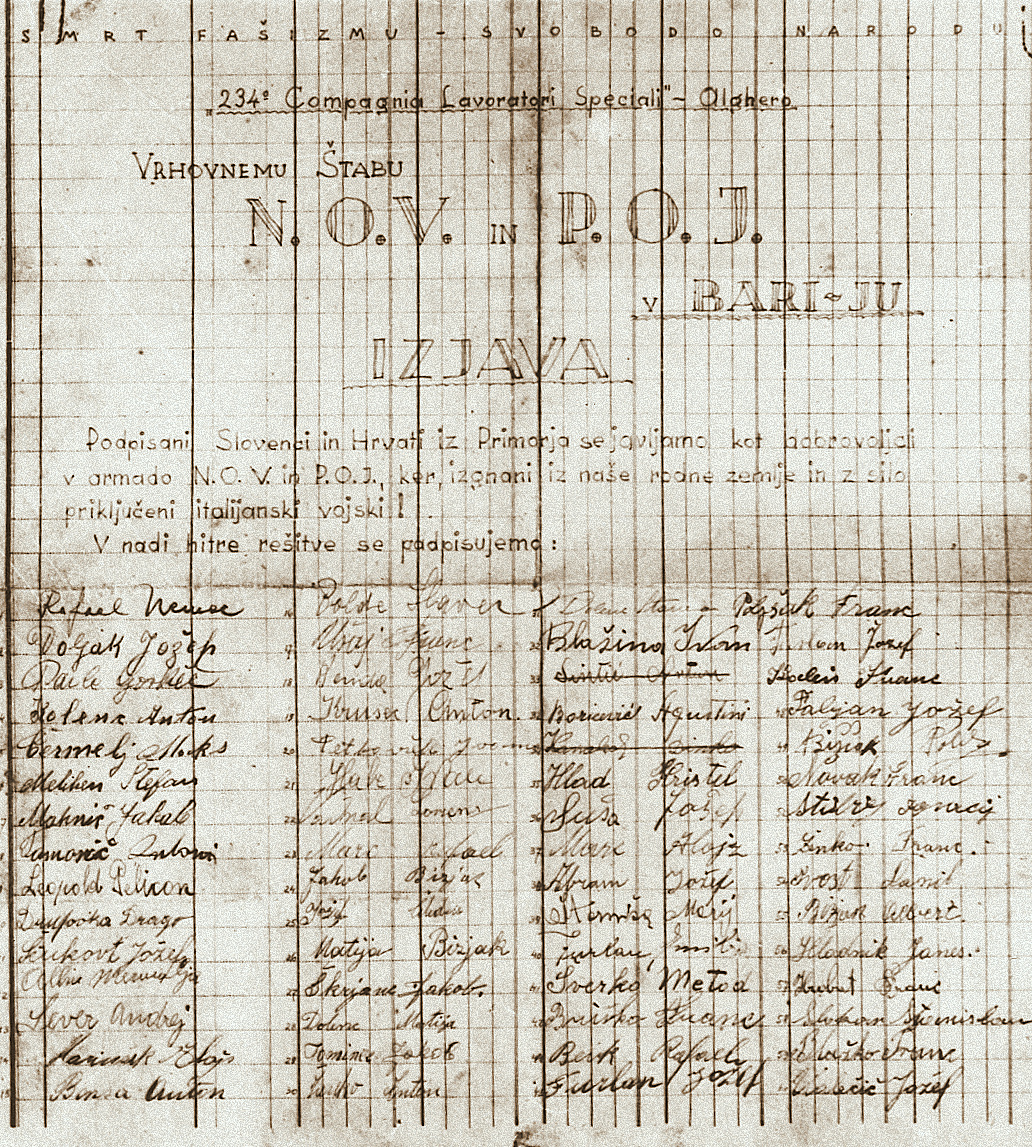 Declaration by the members of a special battalion in Sardinia of their wish to join the NOVJ.
Declaration by the members of a special battalion in Sardinia of their wish to join the NOVJ.
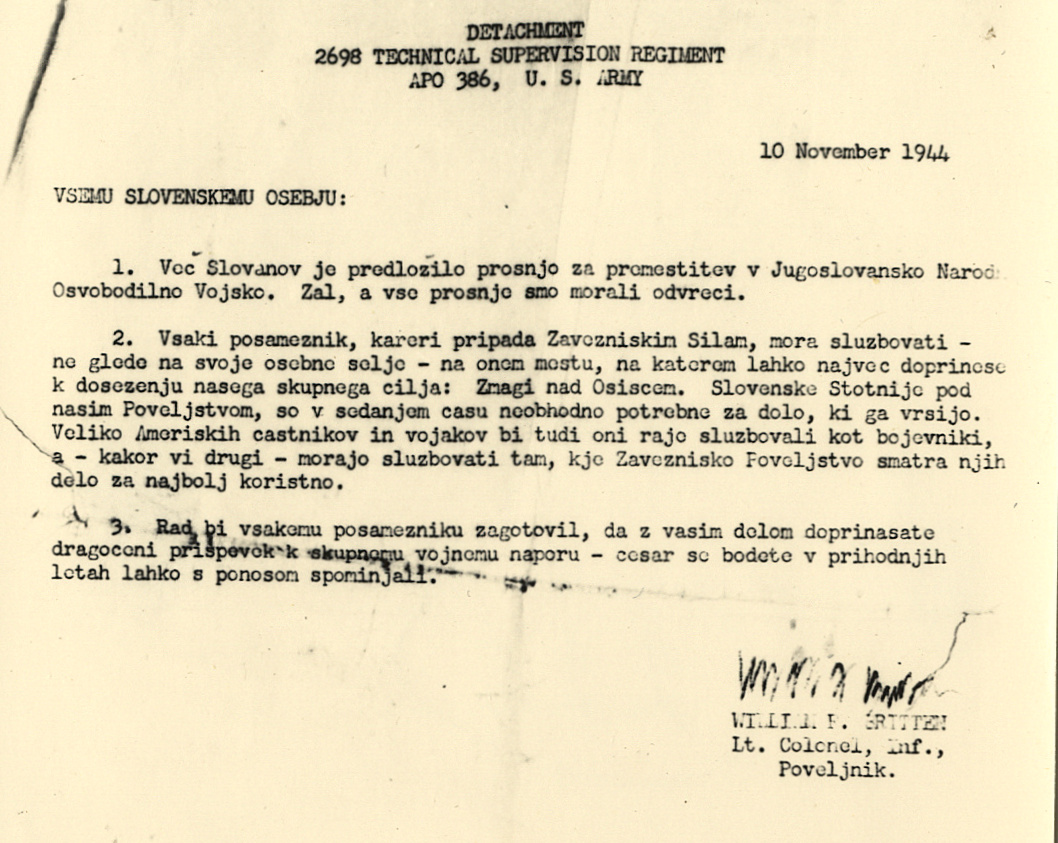 Reply from the general staff of the 2698th Technical Supply Regiment refusing to allow the incorporation of the Slav Companies into the NOVJ on the grounds that they were already doing their part for the common cause in their present unit.
Reply from the general staff of the 2698th Technical Supply Regiment refusing to allow the incorporation of the Slav Companies into the NOVJ on the grounds that they were already doing their part for the common cause in their present unit.
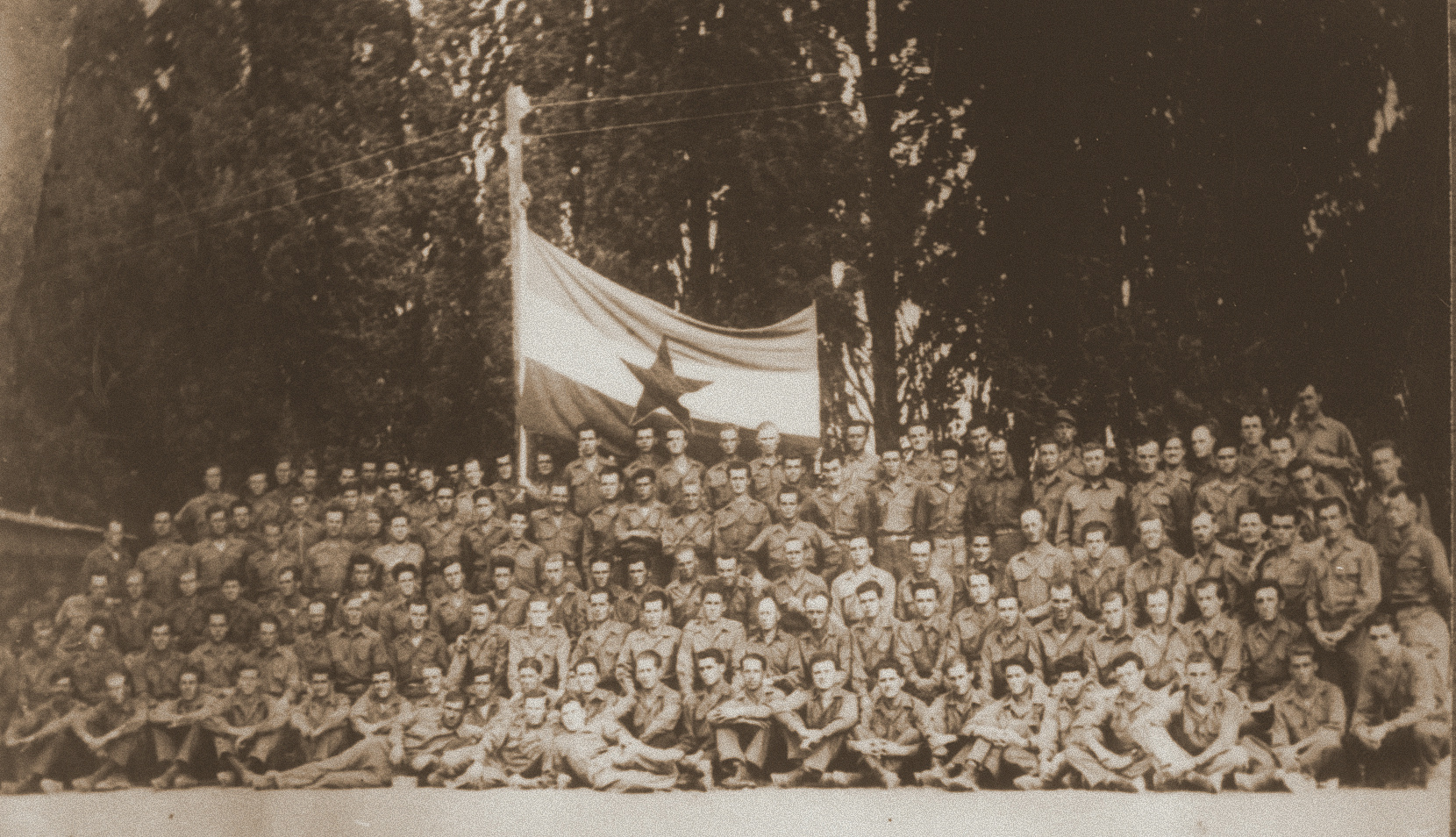 South of France, November 1945 – 341st Slav Company about to depart for Slovenia.
South of France, November 1945 – 341st Slav Company about to depart for Slovenia.
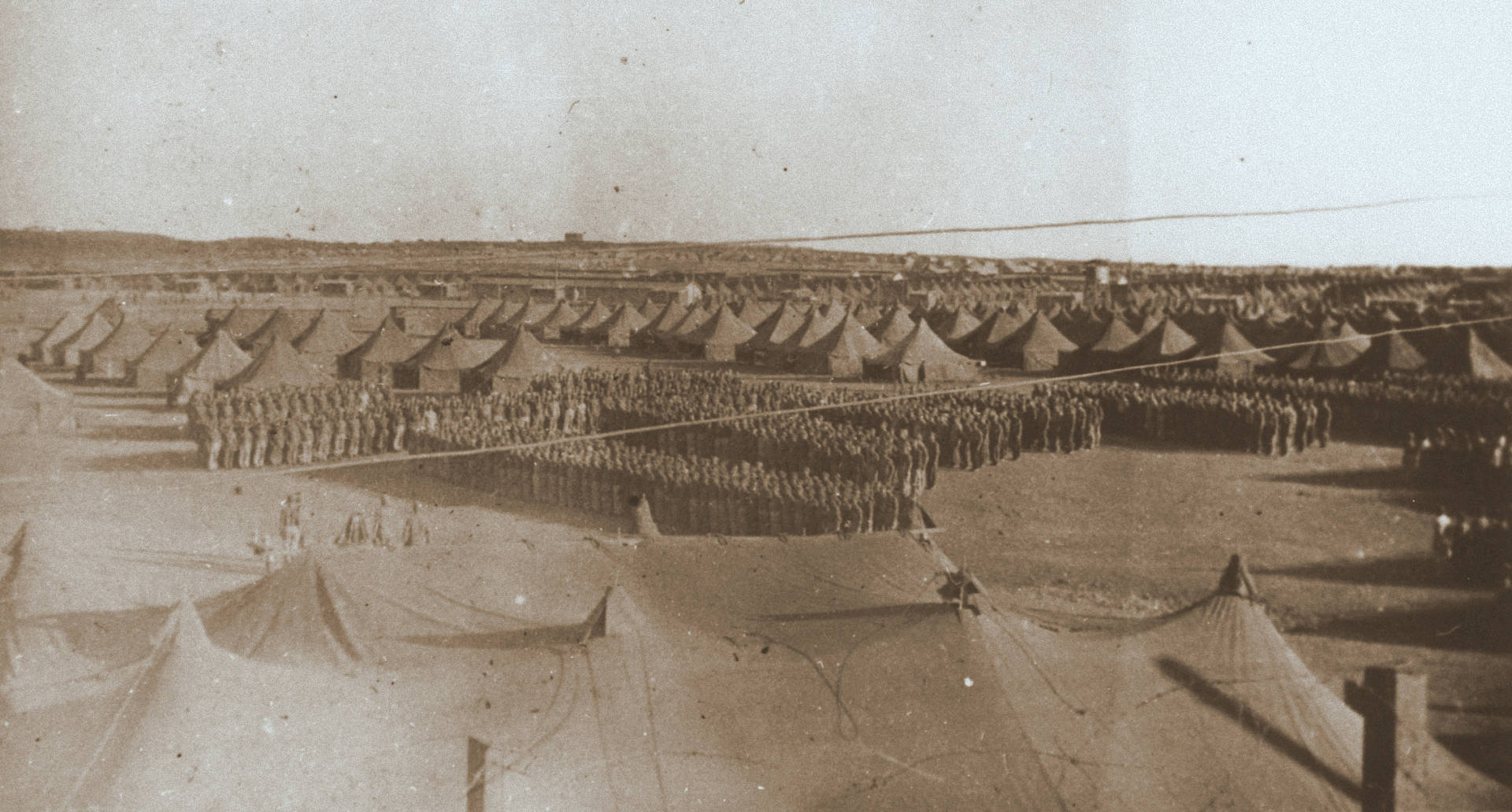 South of France, August 1945 – one of the camps of the Slav Companies.
South of France, August 1945 – one of the camps of the Slav Companies.